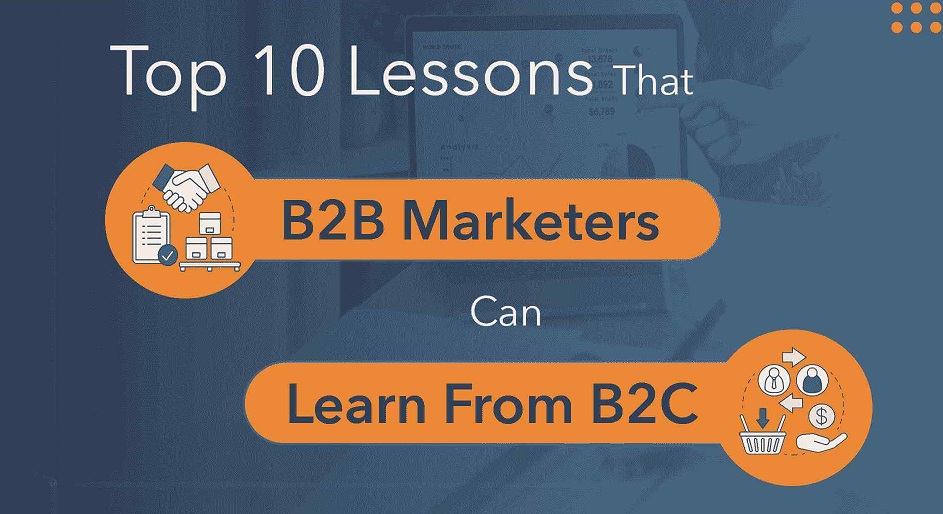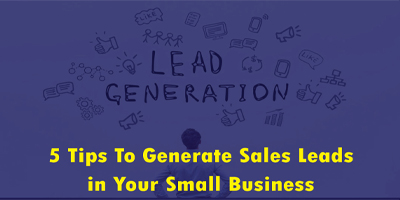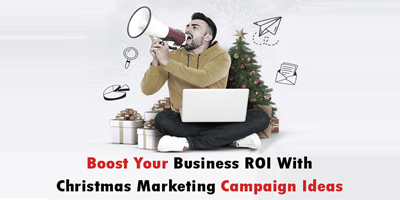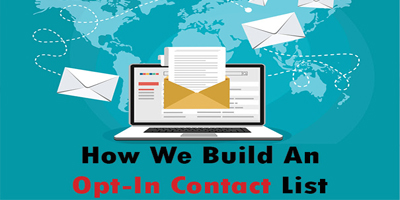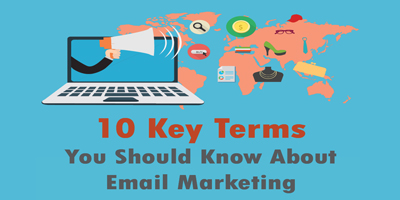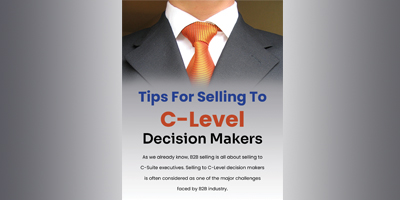- Account-based marketing (ABM):
ABM is a B2B marketing strategy that focuses on certain high-value accounts with the highest lifetime value. Unlike inbound marketing, which emphasises generating a large number of leads to your product or service, account-based marketing (ABM) focuses on accounts that are likely to be profitable.
- Account Intelligence:
Account intelligence refers to your comprehensive understanding of your target account, implying that you know who they are and what they really want and need. It extends beyond top-level insights and frequently necessitates the use of third-party data suppliers.
- Account tiering:
Account tiering is the classification of a target account list based on how closely each account meets the ICP. Accounts are usually classified into three tiers: A, B, and C, which help prioritise marketing efforts. Tier A customers get more personalised attention and tailored material, whilst Tier C accounts get more pre-scripted interactions.
- ABM play:
An coordinated set of strategies for contacting a certain account. A sequence of display advertising, social media ads, direct mail, and emails, for example, could be targeted at key decision-makers.
- Buyer persona:
Buyer persona is representation of each decision-maker at an ideal account, which in B2B marketing is usually developed around a job role and helps guide content creation.
- Buyer’s journey:
The process by which a prospect recognises that they have an issue and seeks a solution. This usually consists of three stages (Awareness, Consideration, and Decision), and marketers try to match information to these stages in order to lead prospects to make a purchase. Companies match their personas with the buyer’s journey in the early stages of ABM.
- Buying committee:
The group of people at a target account who are involved in the buying decision. High-level decision-makers who control budgets and must sign off on purchases, as well as end users who influence purchasing decisions, fall into this category.
- Cookie Targeting
Cookie-based targeting allows you to display tailored ads based on cookie data to distinct personas (think job title or department) within a target account. Unlike retargeting advertising, which require a customer to visit a page on your company’s website, Terminus may collect cookie data on target accounts before they even visit your site — this is referred to as proactive targeting, and it helps you remain ahead of the competition.
- Engagement Data
Any interaction a person – known or unknown – has with your firm, whether online or offline, is considered engagement. As a result, engagement data is a measure of this level of contact.
However, different firms evaluate engagement in different ways, making it difficult to define great vs. bad engagement. As a result, before you start monitoring and making decisions based on account engagement, we advocate defining what meaningful engagement means in your organisation.
- Ideal customer profile (ICP):
ICP includes a list of critical components that make up a company’s ideal accounts, including as environmental, firmographic, and behavioural data. An ICP is a tool that can be used to discover future target accounts by analysing data from existing clients.
- Intent Data
Intent data reveals what organisations are looking for something on third-party websites rather than your own. Intent signals provide visibility into how an account is interested in before they visit your website, allowing your sales staff to modify their methods and customise their outreach.
- IP Targeting
IP targeting is based on the physical address of a company office. An IP address (Internet Protocol address) is a numerical identification that is assigned to any device that communicates across a computer network within a company.
- Lifetime value (LTV):
The amount of value that a customer account contributes to your firm over the course of certain period is Lifetime value. The best accounts for ABM are those with a high LTV.
- Land and Expand
“Land and Expand” is a sales technique in which you close a small transaction with a target customer and then work to sell upsell or cross-sell to get additional momentum and income within the business.
- Marketing Qualified Account (MQA)
An MQA is an account that has shown a high enough degree of engagement to indicate prospective sales readiness, similar to how a MQL is tagged as “ready to pass on to sales.”
- Outbound Marketing
Instead of waiting for a contact in a target account to raise their hand, outbound marketing is a more proactive marketing tactic in which a corporation initiates (or seeks to initiate) a conversation with them (via traditional inbound methods, like a form fill).
- Pipeline Acceleration
The process of improving the speed at which an account passes through the account lifecycle (as a goal) is known as pipeline acceleration. An acceleration campaign, in which marketing and sales collaborate to advance accounts through the sales process, is a common example.
- Total addressable market (TAM):
Your total addressable market is the total number of people who would be interested in your product or service, or everyone you could sell to. The basic calculation for your TAM is average revenue * number of clients for the entire sector of the targeted market.
- Target account list (TAL):
TAL is a subset of a company’s total available market that’s the focus of ABM efforts. These accounts closely match to the company’s ideal customer profile.
- One-to-one:
This is the most personalised type of ABM, and it’s normally reserved for Tier A accounts. Individualized messaging for these accounts, as well as high-value offers, are part of this form of marketing.
- One-to-few:
Content marketing that is slightly tailored—often for specific industries or job roles—but not as customised as one-to-one ABM. For Tier B accounts, one-to-few is frequently employed because it is less expensive and time-consuming to create.
- One-to-many:
Often called “ABM Lite,” this type of ABM is generally used for Tier C accounts and involves the minimum amount of customization. For example, a company might send segmented emails to a larger audience.
- Personalization:
The level of personalization employed in material for different personas and account levels is an important aspect of ABM. This can contain assets and messaging that are unique to you.
- Sales enablement:
When a marketing department develops tools for the sales staff, like as emails, product guides, or tutorials, to assist them do their jobs better.
- Service-level agreement:
A contract between marketing and sales teams that outlines goals and roles, as well as a crucial way to develop sales and marketing alignment, which is an important aspect of ABM.
Now that you’ve mastered some of the most prevalent ABM concepts, you can go on to more technical material and learn how to create, launch, and manage your own ABM campaigns!


